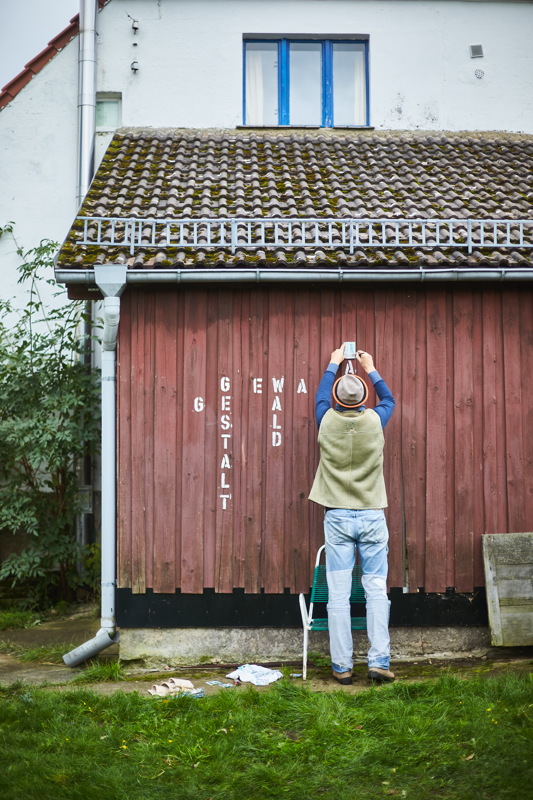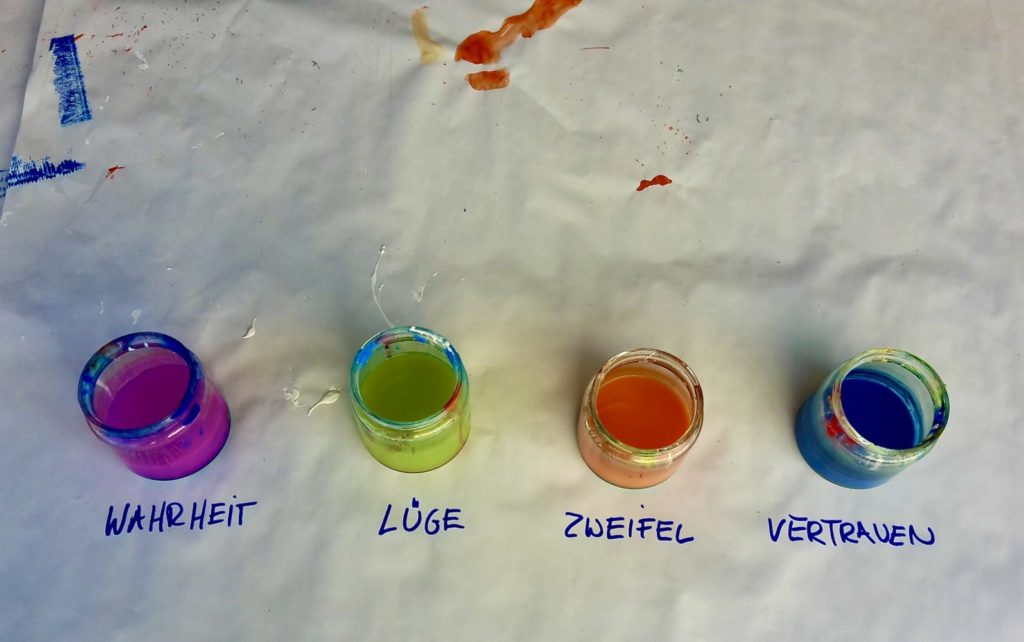What can art do in the context of mistakes?
Mistakes occur when expectations and reality differ from each other. As long as the expectation matches the reality (and vice versa), we perceive it as a success or don’t even notice it. However, if expectation and reality do not match, we want to change this. This usually needs to happen quickly so that we can move from the unpleasant feeling of the mistake to a normal feeling.
The quick correction of errors is often at the expense of development opportunities and/or quality. “It” is corrected quickly and then moved on. The consequences are the repetition of the error, the increase in inefficient speed and the loss of precise perception.
We advocate utilising the break between expectation and reality by setting up a temporary studio. There, the error is perceived as material, analysed, the components sorted and other materials added to create new works. At the end of the studio, there is an exhibition with several workpieces.
What can art do in (virulent) conflicts?
Conflicts always go hand in hand with a restriction of the ability to perceive.
1. Create space/reduce pressure. Artistic action can create “bubbles” of escape from the pressure of reality in conflicts. It reminds us of the possibility of beauty, harmony and order. The ugliness, dystopia and disorder caused by the crisis are cancelled out for a moment and people can relax.
2. Making the invisible visible. Here, art takes on an activating function. It can thematise smouldering crises and allow the repressed to be heard. The aim of artistic action here is to open “bubbles” and expose wounds.
3. Recognising one’s own/other identity. Through individual creative processes, artistic practice can emphasise the uniqueness of each person, each situation and each moment. In crises, this can create a counterweight to conflict-seeking group formation.
4. Expand perception. Artistic interventions can shift attention. They have the potential to expand the perceptual state of individuals or groups and thus to release the focus on the conflict.
TRUTH LIE DOUBT TRUST


